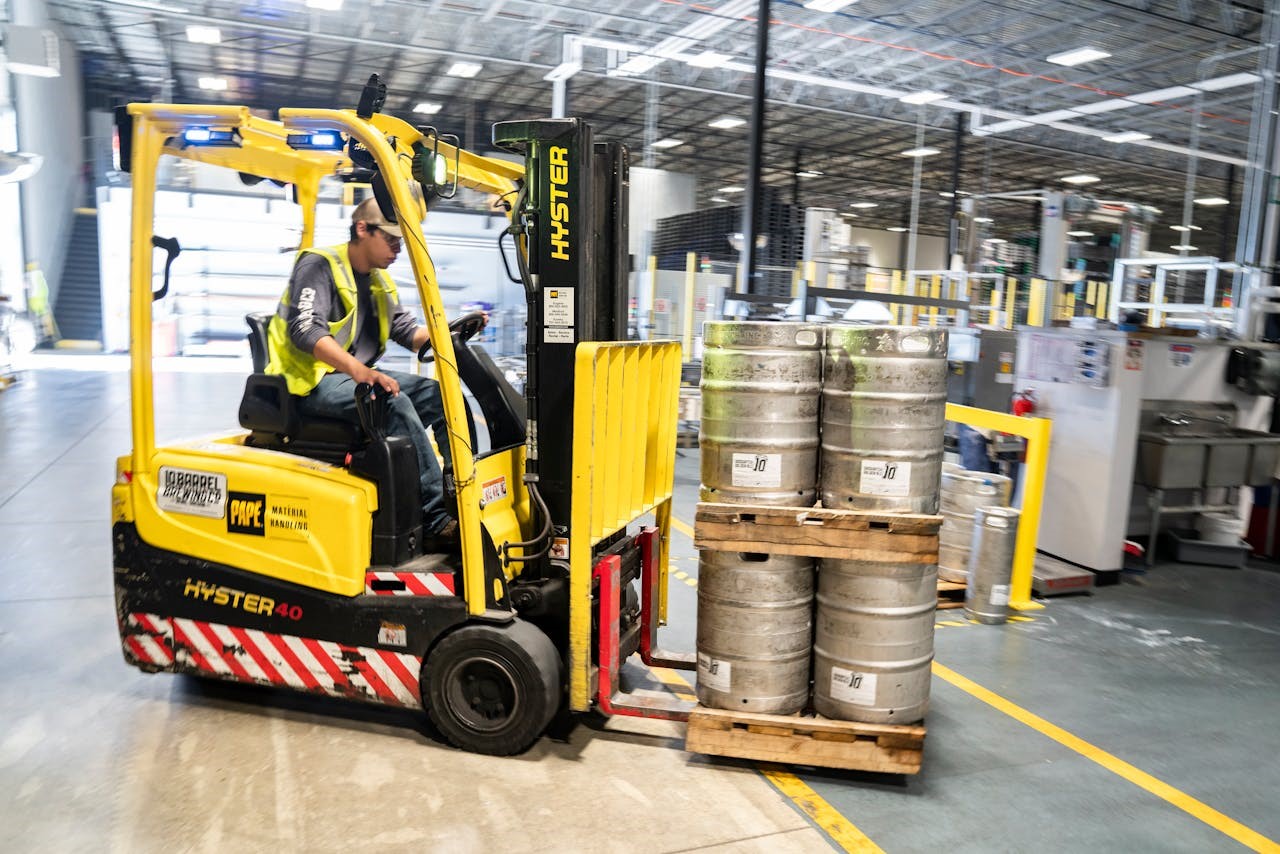
A very important part of calculating an organization’s carbon footprint is calculating the greenhouse gas emissions from its value chain, i.e. scope 3 emissions.
The value chains can be long and complex, and the actors in the value chain are in no way under the direct control of the organization calculating the emissions. Calculating scope 3 emissions is therefore not a minor and easy task. The importance of emissions calculation should be carefully justified to management in order to secure the necessary resources and ensure that the results are comprehensively utilized within the organization.
Especially when identifying scope 3 emission sources for the first time, resources can be focused on the most material sources. Later, if the organization is, for example, part of the Science Based Targets initiative (SBTi), it must prepare a full scope 3 emissions inventory, which can then be used to accurately identify the most significant emission sources.
Read more: What are scope 3 emissions and why does calcluating them matter?
Steps for calculating scope 3 emissions
For credibility, it is important to follow widely recognized standards and principles. Below we present the key steps for calculating scope 3 emissions. The GHG Protocol’s Corporate Value Chain (Scope 3) Standard provides detailed guidelines for calculating value chain emissions. In addition, there are practical guidelines available, including tailored guidance for each of the 15 scope 3 categories.
1. Define the purpose of the calculation
First, clarify why scope 3 emissions are being calculated:
- Will the results be used in strategic and everyday decision-making to reduce emissions?
- Are emissions calculated because external stakeholders require it?
- At what level of accuracy will results be communicated externally?
- Is the goal to understand the impact of emissions on the company’s value creation?
- Are the emissions calculation results noted in the risk management process?
- Is the aim to know the total emissions in order to compensate those?
- Or is the goal simply to meet minimum sustainability reporting requirements?
The purpose and goals influence the entire process — the level of detail and frequency of calculations.
2. Map your value chain
Since scope 3 emissions occur across all stages of the value chain, the next step is to understand your organization’s value chain.
Think of this as listing all the components: the materials and services purchased, the partners involved at different stages, what happens to products once delivered to customers, whether further processing occurs, or whether they are final products for consumers. It is also important to describe how customers and end-users process and use the products, and what happens to them at end of life. A clear map helps identify the stages included in the value chain.
3. Define the organizational boundary
In larger or more complex organizations, setting organizational boundaries is important. This determines which parts of the organization and their emission sources are included in the inventory.
According to the GHG Protocol, boundaries can be defined:
- By equity share
- By control (financial or operational control)
4. Identify material scope 3 categories
Focus on materiality. The GHG Protocol defines 15 scope 3 categories, but not all are relevant to every organization.
Assess which categories are significant based on goals and impact. Criteria include:
- Which categories are most significant to your operations?
- Which categories represent a major share of total emissions?
- Do some categories relate to climate risks?
- Which categories are the interest of key stakeholders?
- Which categories carry reputational or financial risk?
- Where does the organization have influence or control to reduce emissions?
All material sources should be included — even if data collection requires effort.

5. Identify data availability and sources
A critical step is to identify what data is available and the origin of data. The major challenge is that scope 3 data is owned by partners across the value chain.
Possible data sources include contract manufacturers, suppliers, logistics providers, packaging suppliers, waste handlers, and customers. Some data may already be stored internally in ERP systems (e.g., purchased material quantities). Other data may already exist in reports managed by colleagues.
Collaboration across departments is essential: : IT and data experts understand organizational data structures, procurement understands supply data, sales can provide customer-related insights, and environmental experts can provide waste data.
At the same time, it is important to identify the most emission-relevant partners and their readiness to provide data, such as emission factors for raw materials or packaging. The reliability of each data source should also be assessed.
6. Analyze current state and plan next steps
Once data availability and reliability are assessed, the organization gains an understanding of the current state. This also highlights what data is missing or unreliable.
Decisions must then be made about how to address gaps:
- Should missing data be substituted with secondary data?
- Should certain parts be excluded?
At this stage, it is important to return to the purpose of the calculation. If the organization is ambitious, primary data should be sought from significant partners. If the goal is minimal compliance, secondary averages may suffice.
If data is missing despite efforts, it is essential to report transparently on assumptions, uncertainties, and their potential impacts.
7. Choose appropriate calculation methods
Once emission sources and data availability are clear, select calculation methods:
- Activity-based (preferred): e.g., tons of raw materials.
- Hybrid: combining activity and spend-based methods (e.g. for purchased services and capital goods).
- Spend-based: using cost data where no other data exists (least reliable).
Choice depends on data availability, accuracy needs, and resources. First-time calculations may start with what is feasible today, but with a plan to improve data quality over time.
8. Organize data collection and partner engagement
Design the data collection process for reliability and efficiency. Ensure data is consistent across sources.
There are some questions to address:
- Who owns the data?
- Who collects and compiles it?
- Who requests it from partners?
- How are partners instructed or supported?
- Where is data stored and processed?
- How often is it collected?
- What tools are used to manage data and calculations?
Internally, involve procurement, logistics, marketing, and other units. Externally, collaborate with key suppliers and partners, ensuring they understand your goals and the importance of high-quality data.
9. Determine appropriate and reliable emission factors
Emission factors are in the key role as those convert activity data into emissions.
- Primary factors: from suppliers’ own product-specific calculations.
- Secondary factors: from public or licensed databases (e.g., DEFRA, EPA, Ecoinvent).
When applying factors, consider regional differences and sector-specific details to improve accuracy.

10. Perform the calculation
Once background work is done, the actual calculation is relatively straightforward — though it depends on the amount and quality of data. Calculations can be carried out in a dedicated ESG system or with Excel, depending on the size of the organization and scope of data.
11. Use results and report transparently
How results are used depends on the purpose of the calculation.
If emission reduction is a business target, the results should be analyzed thoroughly to design reduction measures, guide procurement and material choices, and support strategic decisions.
For reporting and communication to stakeholders, transparency is essential: report boundaries, assumptions, data sources, and emission factors used. Be open about limitations and improvement plans.
12. Continuous improvement and supply chain engagement
Scope 3 emission accounting work is an ongoing process. Data collection, quality, and data management must continuously improve to allow reliable, comparable results.
Suppliers and partners should be encouraged to develop their own calculation and reporting capabilities. High-quality primary data enables better decisions and credible reduction targets.
Over time, new emission sources may be added, better emission factors adopted, and digital tools and expertise further developed.
***
Tofuture’s team can support your scope 3 emissions work.
We have experience identifying emission sources, clarifying high-quality emission factors and calculating carbon footprints across many industries. We also offer expert support and ESG system to streamline the process. Contact us to define the right steps for calculating your organization’s scope 3 emissions.
Cover photo: Markus Kammerman, Pixabay

































